MAKING CLOTHES FOR TOMORROW

Hello!
These past months, I have been focusing on what we will be wearing not the next seasons, but the next decades. Indeed, our current overconsumerism-model
is doomed to fail since it produces too much waste and pollution.
Moreover,this system has led us to a point where we are willing to get
people working in extremely harsh conditions in order to have cheap
clothing. It raises ethical but also environmental issues:
How to change the way we are consuming?
In this article, I would like to dwell on the new materials we will be using to dress in the future. You may know in what area of the globe your clothes are produced, but do you check in what material your garment is made before buying it?We will soon have to replace our current fabrics, globally used but mainly made out of fossil fuels: the synthetic fabrics, such as nylon, polyester or spandex. These materials, although invented after the WW2 and during the boom of petroleum, now need to be upgraded: not only do they hurt ourselves (the toxic chemicals which they are made out can go through our skin) but they cause damage for the people who make them too.
So pieces of clothing are already made with eco-friendly materials, but they still have a cost and many cannot afford it. .
Linen is a good alternative. It grows mostly in France (a 80% of the worldwide production), in Normandy. Indeed, linen clothing is already pretty common. Linen needs very little fertilizer to grow (5 times less than cotton), and doesn’t require irrigation. So it’s very easy to grow. It’s only when we get to dye the garment that we can pollute. But only 0,3% of the worldwide made fabrics are composed of linen.
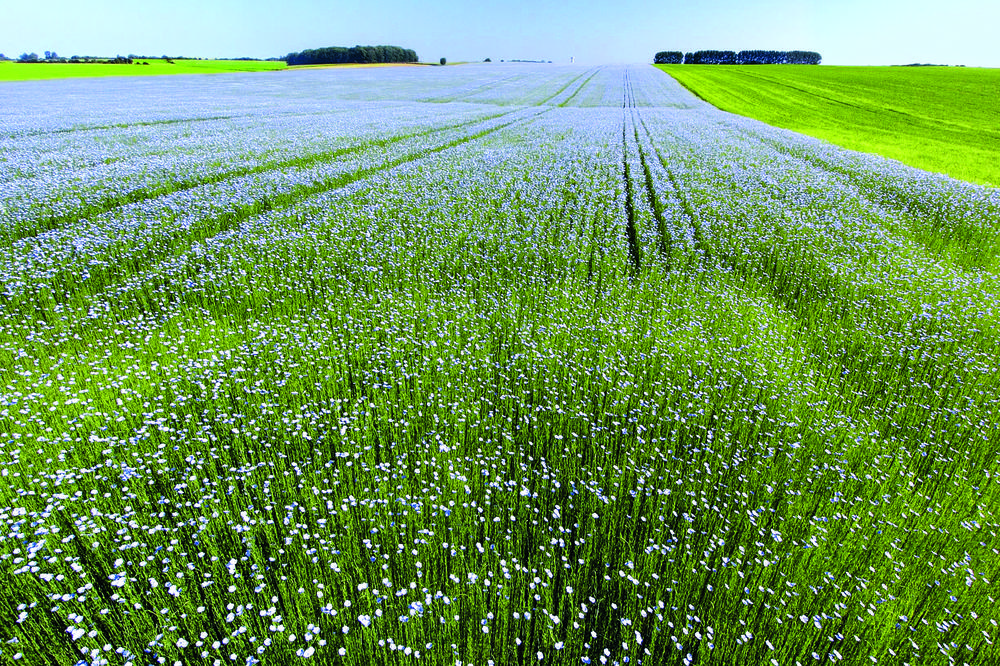
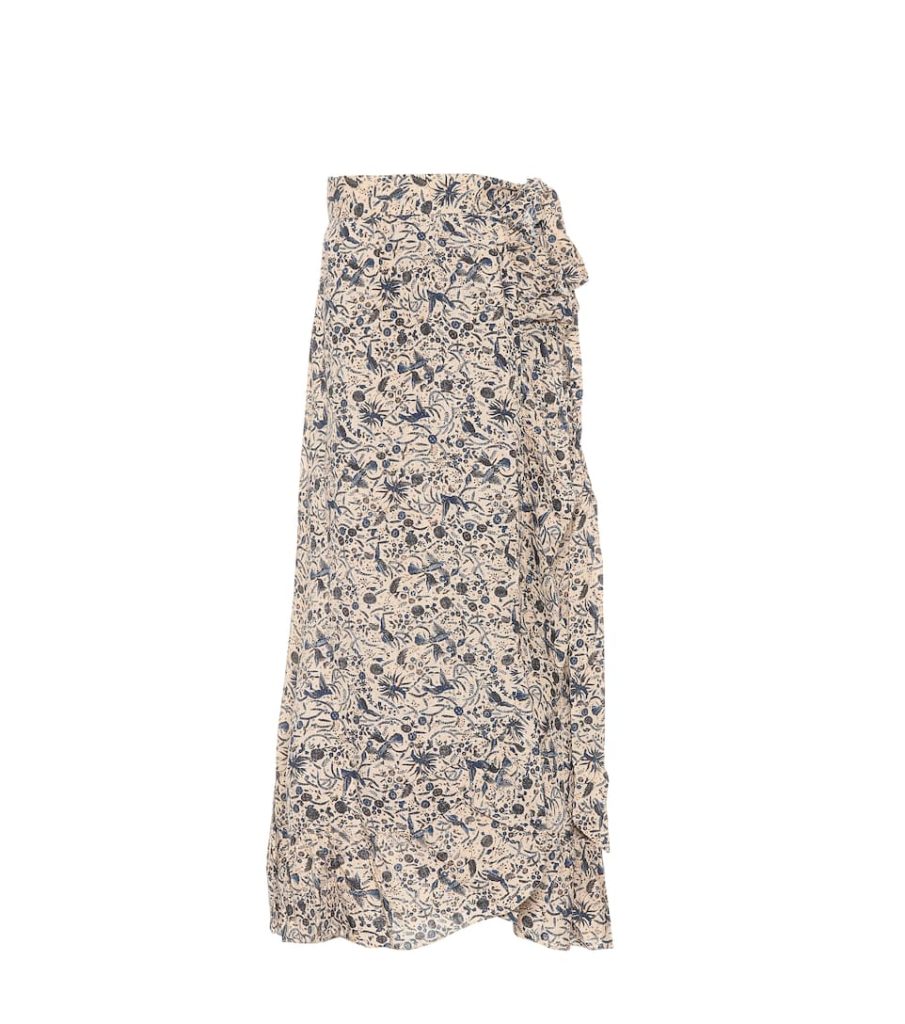
Hemp is another fabric clothes can be made of. We will only dwell on the one of the two species that can be turned into a fiber, the other being known for its hallucinogenic properties. Hemp has always been used in France, to make rope for instance (La Corderie Royale de Rochefort). But hemp is more and more used to make garments because it is sturdy, lasting and sustainable.
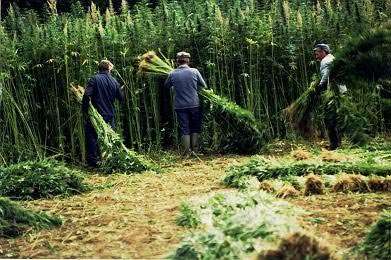
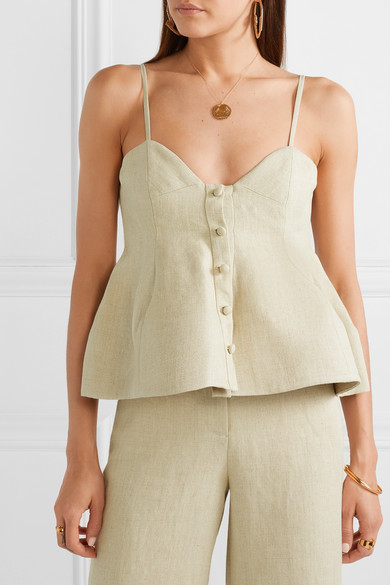
Lycocell is a semi-synthetic fabric, but made out of cellulose fibers. As we can see, it is impossible to achieve a 100% eco-process, but it is important trying to pollute less. This fabric is made by Eucalyptus trees,and it is water absorbant. The aim is to find the right balance between polluting less by using more eco-friendly fabrics and not to chopping too much trees !
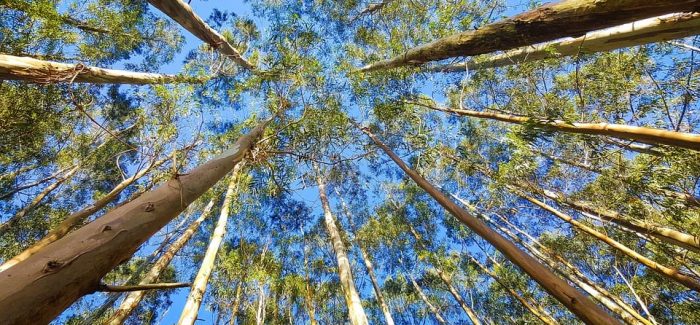
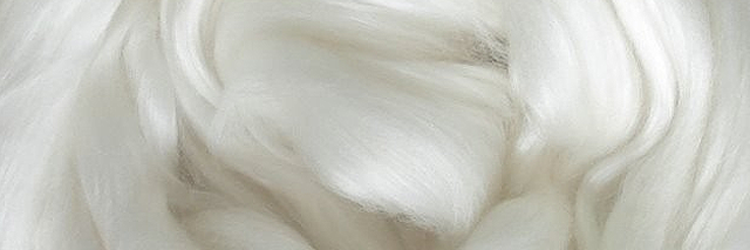
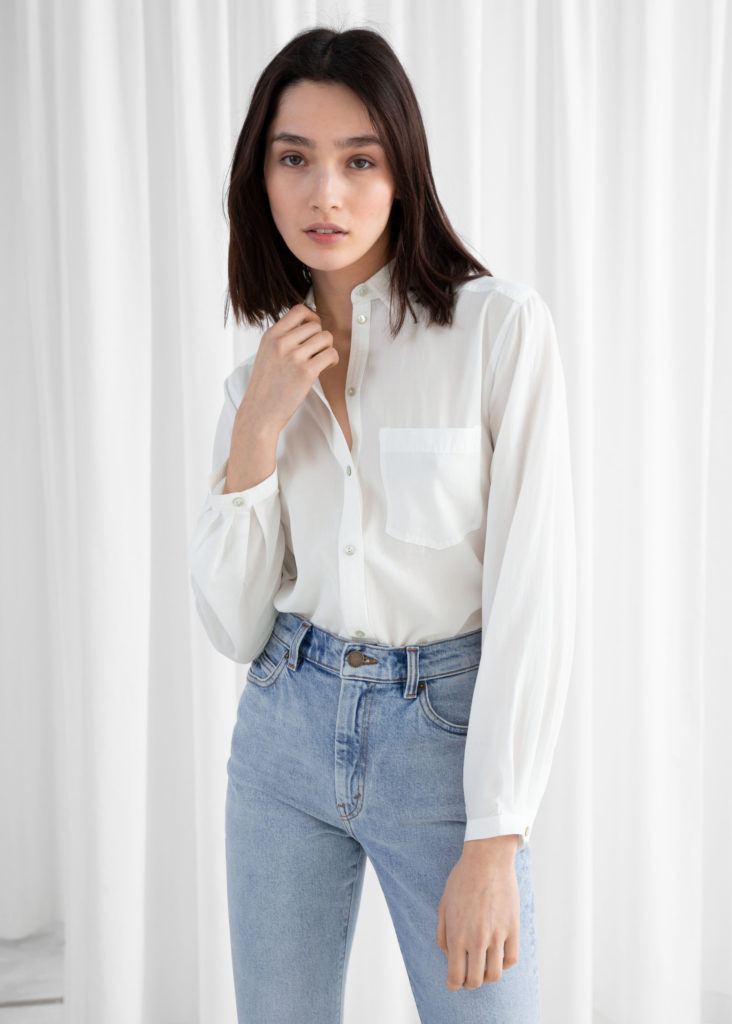
Finally, in terms of marketing, the demand is also big. Everyday more people realize the impact that has our consuption over the planet. So we do need to all take part to this shift in our habits. I am not saying that we need to drasticly change the way we buy clothing but we can buy less, and more ethical clothing. By buying an ethical clothing, you make sure that the person who made your piece of garnment is paid enough, and that she and the planet had not suffer from it.
The change is now, and it is up to us, the new generation, to set up the shifts.
Anna

